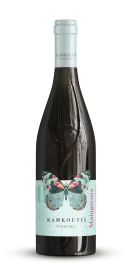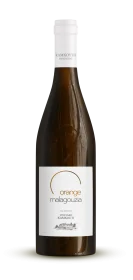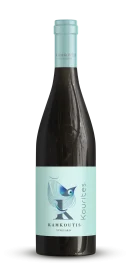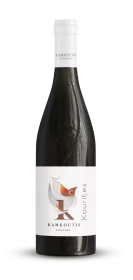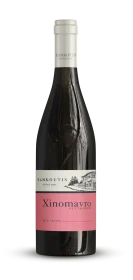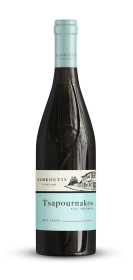The benefits of wine on our health
Τ α ο φ έ λ ΤΗ τ ο υ κ ρ α σ ι ο ύ σ τ ΤΗ ν υ γ ε ί α μ α ς
Wine, a beverage that has accompanied human history for thousands of years, has been the subject of study for its potential health effects. While excessive alcohol consumption is harmful, moderate wine consumption has been linked to certain health benefits.
Cardiovascular health
Πολλές μελέτες έχουν δείξει ότι η μέτρια κατανάλωση κόκκινου κρασιού μπορεί να συμβάλει στην προστασία της καρδιάς. Οι αντιοξειδωτικές ουσίες που περιέχει, όπως η ρεσβερατρόλη, μπορούν να βοηθήσουν στη μείωση της «κακής» χοληστερόλης (LDL) και στην αύξηση της «καλής» χοληστερόλης (HDL), μειώνοντας έτσι τον κίνδυνο καρδιακών παθήσεων.
Antioxidant activity
Wine, especially red wine, is rich in antioxidants that help protect cells from free radicals, which are linked to aging and various diseases.
Mental health
Some studies have suggested that moderate wine consumption may help improve memory and cognitive function, as well as reduce the risk of neurodegenerative diseases such as Alzheimer's.
Prevention of certain types of cancer
Some research has shown that the antioxidants in wine may have anticancer properties and help prevent certain types of cancer, such as colon cancer.
Attention:
It is important to note that these benefits relate to moderate wine consumption, which is defined as one glass per day for women and two for men. Excessive alcohol consumption can have serious health effects, such as liver damage, cardiovascular problems and an increased risk of cancer.
Before making any changes to your eating habits, it is always a good idea to consult your doctor.
Fermentation Process
Crushing is the process when gently squeezing the berries and breaking the skins to start to liberate the contents of the berries. Destemming is the process of removing the grapes from the rachis (the stem which holds the grapes). In traditional and smaller-scale wine making, the harvested grapes are sometimes crushed by trampling them barefoot or by the use of inexpensive small scale crushers.
These can also destem at the same time. However, in larger wineries, a mechanical crusher/destemmer is used. The decision about destemming is different for red and white wine making. Generally when making white wine the fruit is only crushed, the stems are then placed in the press with the berries. The presence of stems in the mix facilitates pressing by allowing juice to flow past flattened skins. These accumulate at the edge of the press.
On occasion, the winemaker may decide to leave them in if the grapes themselves contain less tannin than desired. This is more acceptable if the stems have ‘ripened’ and started to turn brown. If increased skin extraction is desired, a winemaker might choose to crush the grapes after destemming.
Wine is one of the most civilized things in the world and one of the most natural things of the world that has been brought to the greatest perfection, and it offers a greater range for enjoyment and appreciation than, possibly, any other purely sensory thing.
Ernest Hemingway Tweet
Removal of stems first means no stem tannin can be extracted. In these cases the grapes pass between two rollers which squeeze the grapes enough to separate the skin and pulp, but not so much as to cause excessive shearing or tearing of the skin tissues. In some cases, notably with “delicate” red varietals such as Pinot noir or Syrah, all or part of the grapes might be left uncrushed (called “whole berry”) to encourage the retention of fruity aromas through partial carbonic maceration.
The Grapes
The quality of the grapes determines the quality of the wine more than any other factor. Grape quality is affected by variety as well as weather during the growing season, soil minerals and acidity, time of harvest, and pruning method. The combination of these effects is often referred to as the grape’s terroir.
Grapes are usually harvested from the vineyard from early September until early November in the northern hemisphere, and mid February until early March in the southern hemisphere.
In some cool areas in the southern hemisphere, for example Tasmania, harvesting extends into May. The most common species of wine grape is Vitis Vinifera, which includes nearly all varieties of European origin. The most common species of wine grape is Vitis Vinifera, which includes nearly all varieties of European origin.
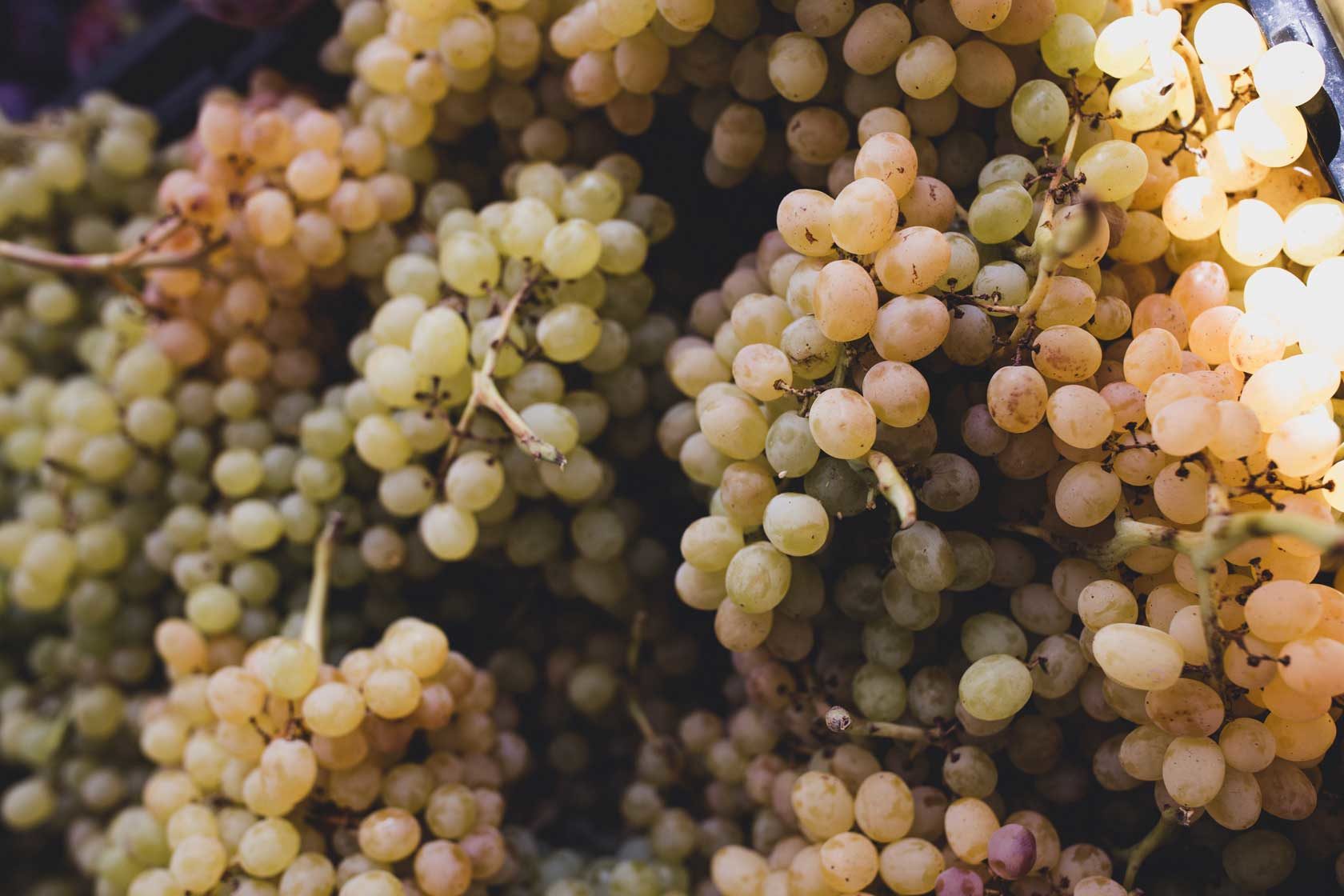
Manual harvesting is the hand-picking of grape clusters from the grapevines. In the United States, some grapes are picked into one- or two-ton bins for transport back to the winery. Manual harvesting has the advantage of using knowledgeable labor to not only pick the ripe clusters but also to leave behind the clusters that are not ripe or contain bunch rot or other defects. This can be an effective first line of defense to prevent inferior quality fruit from contaminating a lot or tank of wine.
Destemming is the process of separating stems from the grapes. Depending on the winemaking procedure, this process may be undertaken before crushing with the purpose of lowering the development of tannins and vegetal flavors in the resulting wine. Single berry harvesting, as is done with some German Trockenbeerenauslese, avoids this step altogether with the grapes being individually selected.
Crushing is the process when gently squeezing the berries and breaking the skins to start to liberate the contents of the berries. Destemming is the process of removing the grapes from the rachis (the stem which holds the grapes).
In traditional and smaller-scale wine making, the harvested grapes are sometimes crushed by trampling them barefoot or by the use of inexpensive small scale crushers. These can also destem at the same time. However, in larger wineries, a mechanical crusher/destemmer is used. The decision about destemming is different for red and white wine making. Generally when making white wine the fruit is only crushed, the stems are then placed in the press with the berries. The presence of stems in the mix facilitates pressing by allowing juice to flow past flattened skins.

Katerina Monroe
@katerinam • More Posts by Katerina
Congratulations on the award, it's well deserved! You guys definitely know what you're doing. Looking forward to my next visit to the winery!


